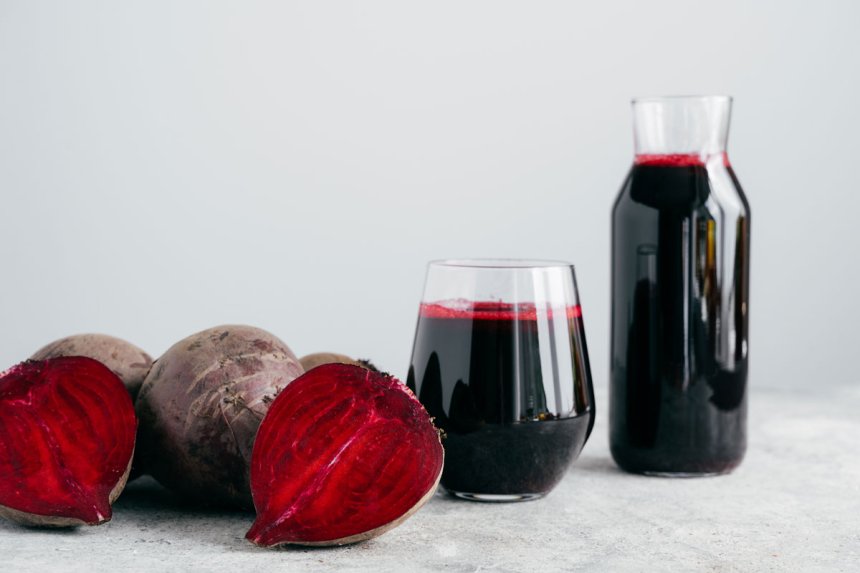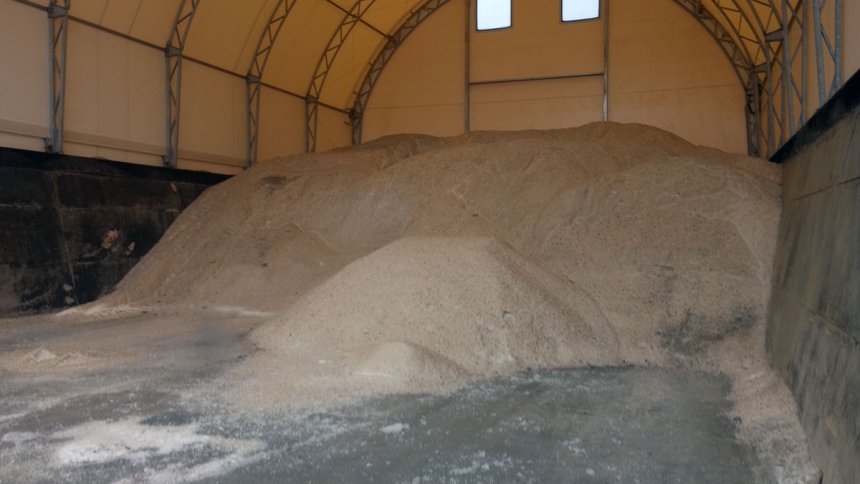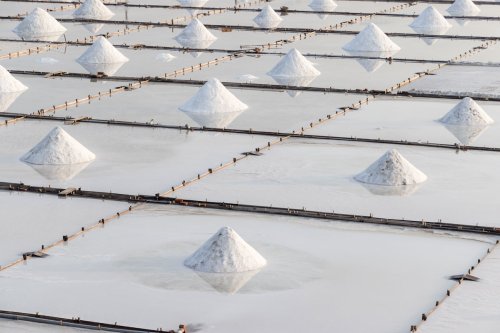Revisiting Beet Juice, Cheese Brine, and Other Organics
For municipalities already committed to salt-brine anti-icing, agricultural additives present a pragmatic next step: they stretch each ton of salt farther, open the door to lower-temperature service, and let public-works directors tell a compelling waste-reduction story. These benefits are real, but not automatic.

Road-salt use in North America has climbed steadily for decades, yet the chlorides that keep winter roads safe also corrode bridges, shorten pavement life, and push freshwater streams toward brackish conditions. In Wisconsin, state water-quality staff warn that a single teaspoon of salt can permanently contaminate five gallons of drinking water, while repair bills for salt-induced corrosion already top five billion dollars a year nationwide.(wpr.org) Against that backdrop, transportation agencies are again looking at agricultural by-products, chief among them beet-juice blends and cheese-factory brine, as tools for cutting chloride loads without compromising motorist safety.
A 2024 Clear Roads synthesis led by the University of Minnesota catalogued forty-six non-chloride deicers and surveyed North American snow-and-ice professionals. Nearly half of responding agencies already use ag-based additives, most commonly sugar-beet derivatives blended with traditional salt brine. Users cited lower working temperatures, better adherence to the pavement, and reduced corrosion as prime reasons for adoption.(mnltap.umn.edu)
How the organics work
Both beet-juice brine and cheese brine are still mostly salt water, but each contains organic solutes that lower the solution’s freezing point and make it markedly stickier than straight brine. That tackiness keeps crystals from bouncing off high-speed lanes and gives plow crews a longer “activation window” before a storm arrives. In Green County, Wisconsin, highway commissioner Chris Narveson notes that pre-wetting salt with 22 percent cheese brine “activates the salt quicker” and, in some storms, eliminates the need for solid salt altogether.(foxweather.com)
Field and laboratory performance
Performance data are mixed but trending positive. A long-term corridor trial in Ontario found that beet-juice blends behaved comparably to straight brine at -10 °C and kept pavements wet longer during lull periods.(mdl.mndot.gov) Missouri’s 2021 multi-criteria evaluation likewise ranked an organic-treated salt (“Clear Lane”) among its top three products for cost-effectiveness and overall service level.(rosap.ntl.bts.gov)
Environmental and toxicity considerations
Replacing part of the chloride mass with organics helps, but it is not impact-free. A 2025 peer-reviewed toxicity study reported measurable effects on aquatic community composition when beet-juice brines reached small streams, underscoring that agencies still need rigorous application-rate guidance and post-storm monitoring.(academic.oup.com)
Corrosion protection and infrastructure
Colorado DOT’s 2022 laboratory work on Leprino cheese brine showed the by-product offers modest corrosion protection relative to untreated salt brine, though high phosphorus and biological-oxygen-demand values mean storage tanks need periodic cleaning and secondary containment.(rosap.ntl.bts.gov)
Operational hurdles
Organics introduce practical challenges. Viscous beet blends can gum up spray nozzles, while ripe cheese brine stored over a humid Midwestern summer develops an unmistakable aroma. Green County moves more than 100,000 gallons per season and solved odor issues with covered tanks and rapid turnover.(foxweather.com) Many public-works shops also upsize trucks so a single spreader can carry both liquid and granular products, an investment partly offset by the 400 tons of salt and roughly thirty thousand dollars one Wisconsin township saved during its second year of brine use.(wpr.org)
Cost, supply, and policy
Because beet processors and dairies view the residue as a disposal problem, agencies often obtain it for the price of trucking. The Clear Roads survey found that localized, reliable supply chains, rather than chemistry, ultimately determine whether an organic program survives budget season.(mnltap.umn.edu) Several states now offer low-interest equipment loans or liability protection for certified applicators to accelerate adoption.(wpr.org)
Putting it all together
For municipalities already committed to salt-brine anti-icing, agricultural additives present a pragmatic next step: they stretch each ton of salt farther, open the door to lower-temperature service, and let public-works directors tell a compelling waste-reduction story. These benefits are real, but not automatic. Agencies still need sound application-rate tables, storm-specific decision trees, tank-farm housekeeping plans, and a willingness to track environmental metrics beyond lane-miles treated. Done thoughtfully, revisiting beet juice, cheese brine, and other organics can be a cornerstone of a broader chloride-reduction strategy; one that keeps roads safe, budgets balanced, and local streams clear for the long term.

















